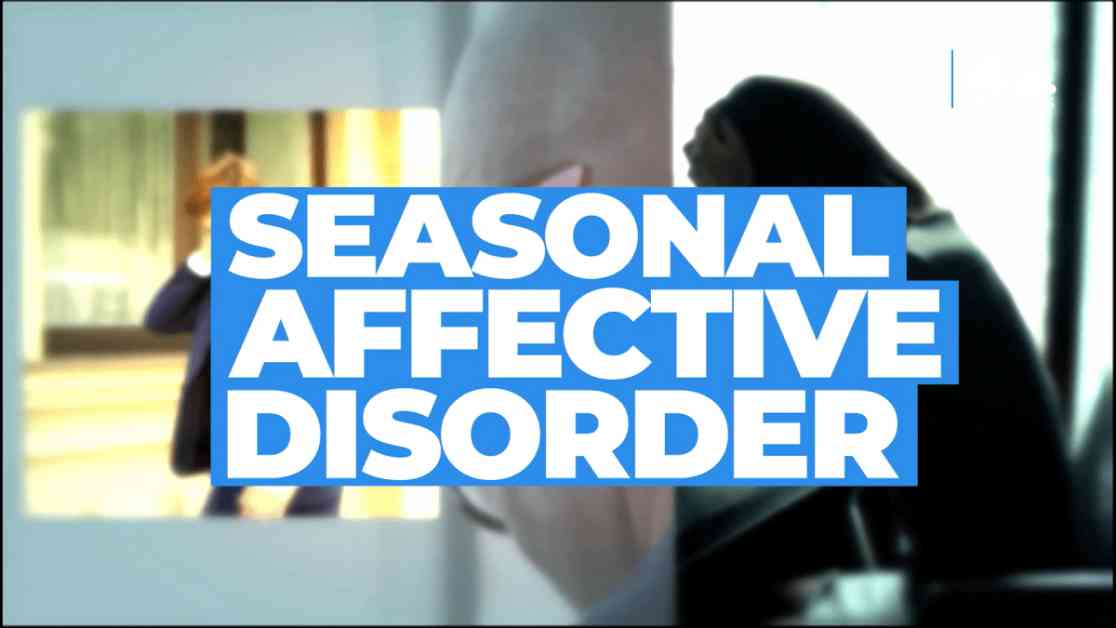Understanding Winter Fatigue and Seasonal Affective Disorder: What You Need to Know
If you find yourself feeling exhausted and lethargic during the winter months, you are not alone. The cold weather, shorter days, and lack of sunlight exposure can wreak havoc on our energy levels and mood. But what exactly causes this winter fatigue, and how can you combat it? Let’s delve deeper into the science behind this phenomenon and explore some expert tips to help you navigate through the winter blues.
Why Do We Feel More Tired in Winter?
According to Dr. J. Ryan Fuller, a clinical psychologist and executive coach at New York Behavioral Health, several factors contribute to feeling fatigued during the winter months. The reduced sunlight exposure, disrupted circadian rhythms, lack of physical activity, and unhealthy holiday habits can all play a role in draining our energy levels. As the days get shorter, our bodies produce more melatonin, the hormone responsible for inducing sleep, leading to increased tiredness.
The Impact of Seasonal Affective Disorder (SAD)
While winter fatigue is common, it’s crucial to differentiate it from seasonal affective disorder (SAD). SAD is a form of depression that occurs seasonally, typically in the fall and winter months. If you notice a pattern of mood changes, appetite fluctuations, sleep disturbances, and decreased energy levels during the same time each year, you may be experiencing SAD. Consulting a healthcare professional for an evaluation is essential to receive proper diagnosis and treatment.
Expert Tips to Combat Winter Fatigue
Dr. Fuller recommends several strategies to combat low energy levels and SAD symptoms during the winter months.
1. **Increase Sunlight Exposure:** Spend time outdoors or use a light therapy box to boost your exposure to natural light, especially in the morning.
2. **Maintain Physical Activity:** Stay active even in cold weather by layering up and engaging in outdoor exercises to benefit from sunlight and physical activity simultaneously.
3. **Schedule Pleasurable Activities:** Make time for activities that bring joy and excitement, as they can elevate your mood and combat feelings of fatigue.
4. **Engage in Mastery Activities:** Learn new skills or refine existing ones to enhance your sense of accomplishment and reduce depressive symptoms.
5. **Limit Screen Time:** Decrease social media usage and prioritize real social connections to improve overall happiness and life satisfaction.
6. **Prioritize Sleep:** Establish a consistent sleep routine to support your circadian rhythm and maintain good quality sleep each night.
Remember, it’s essential to seek professional help if you notice persistent mood changes or severe symptoms interfering with your daily life. Feeling fatigued or experiencing SAD is more common than you think, and effective treatments are available to help you navigate through these challenges. So, take care of yourself, stay connected, and don’t hesitate to reach out for support when needed. Winter may be cold and dark, but with the right strategies, you can shine bright and conquer the seasonal blues!












